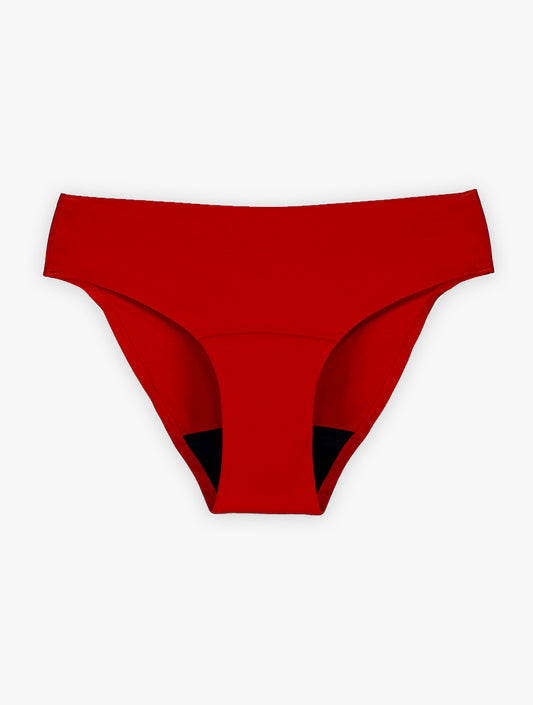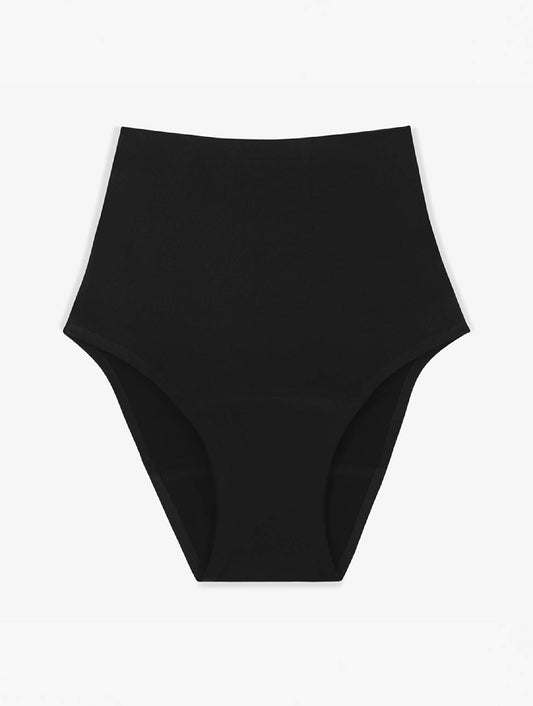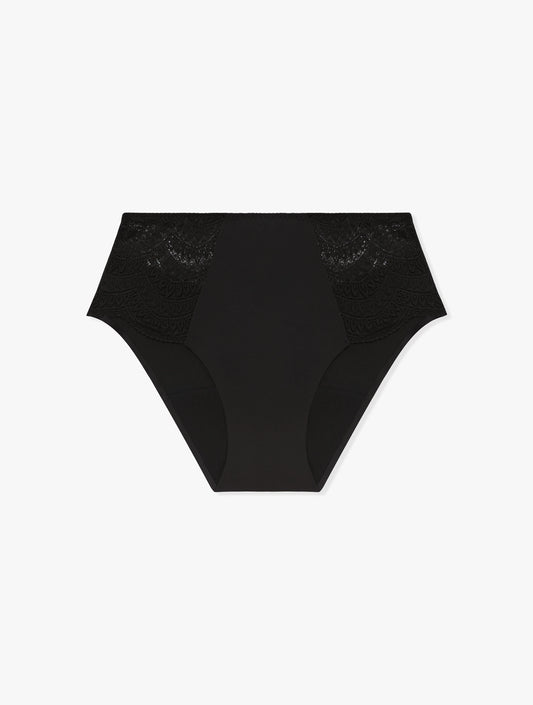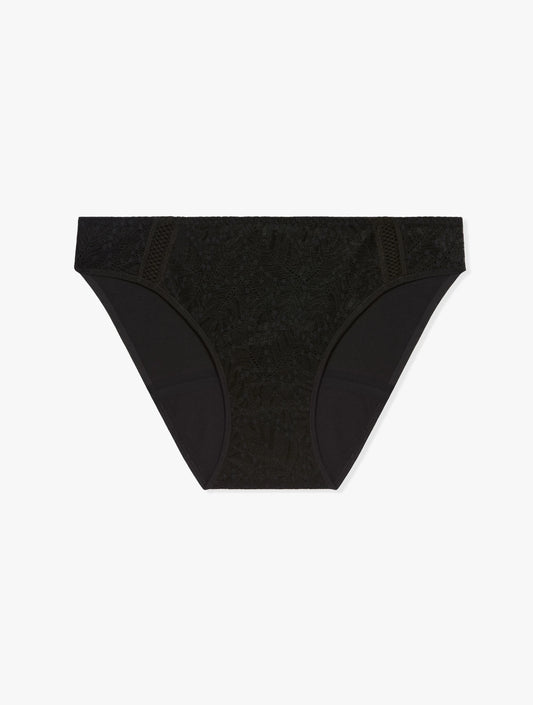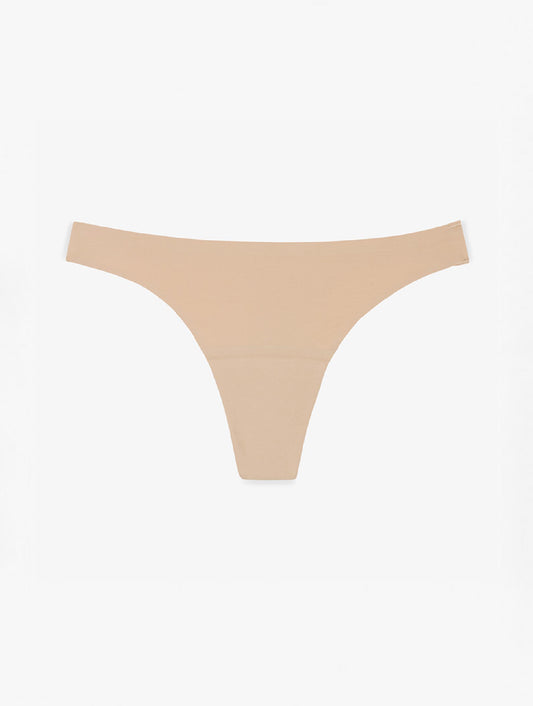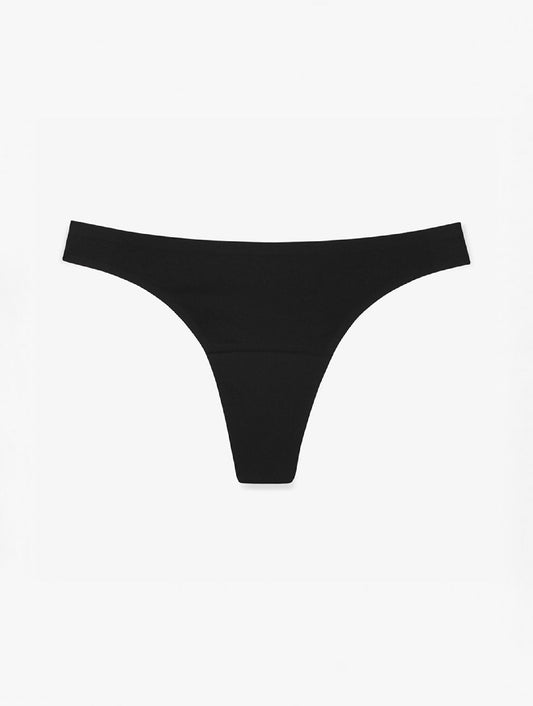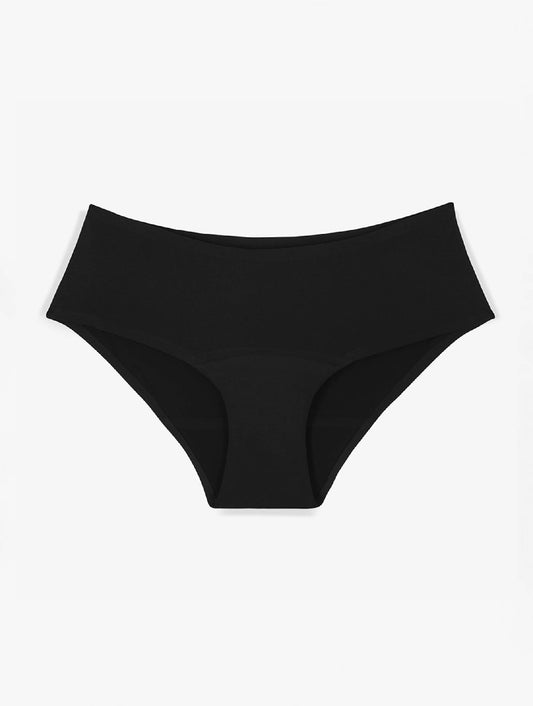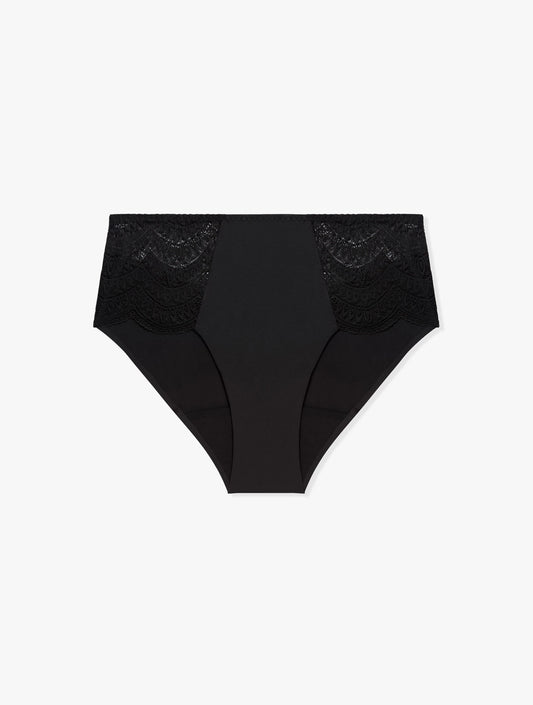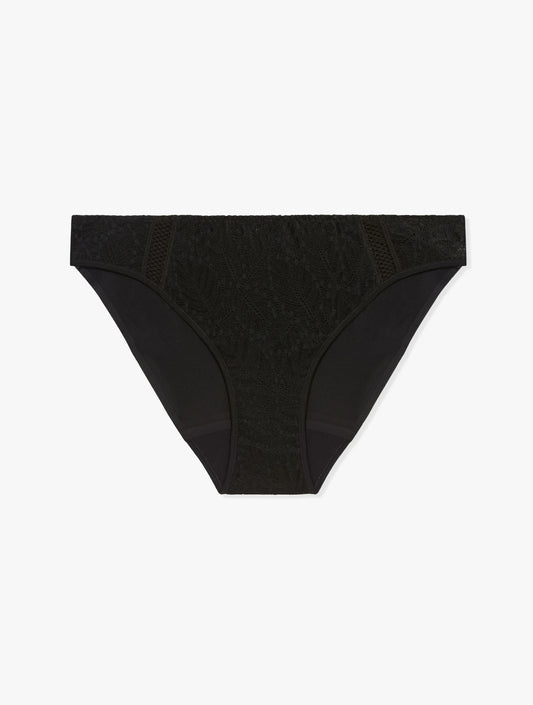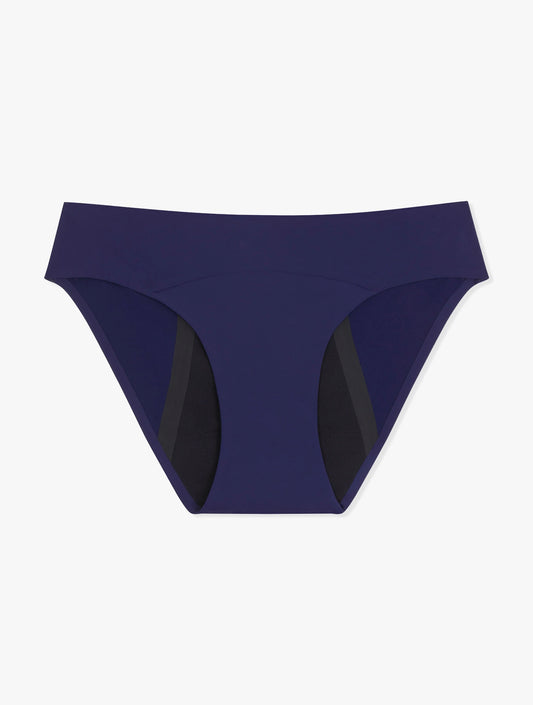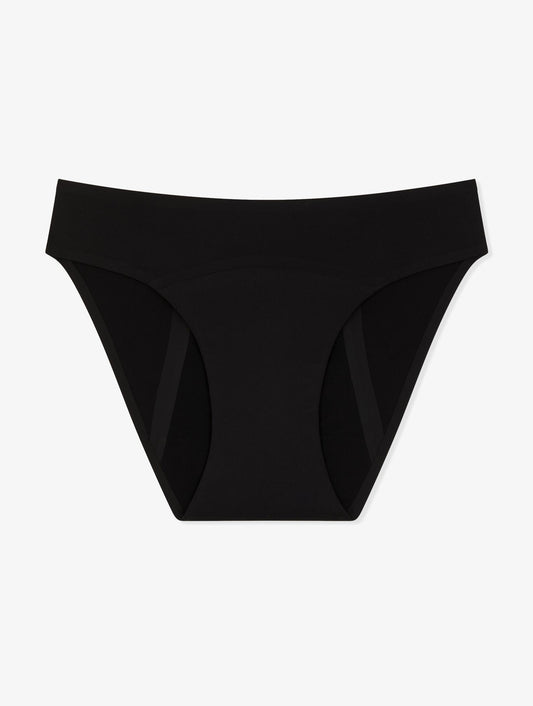How to practice free instinctive flow?
Free instinctive flow or free flow instinct is a method which aims to control blood flow during menstruation. Which women is this technique aimed at? Does it present any contraindications? We give you some information here.

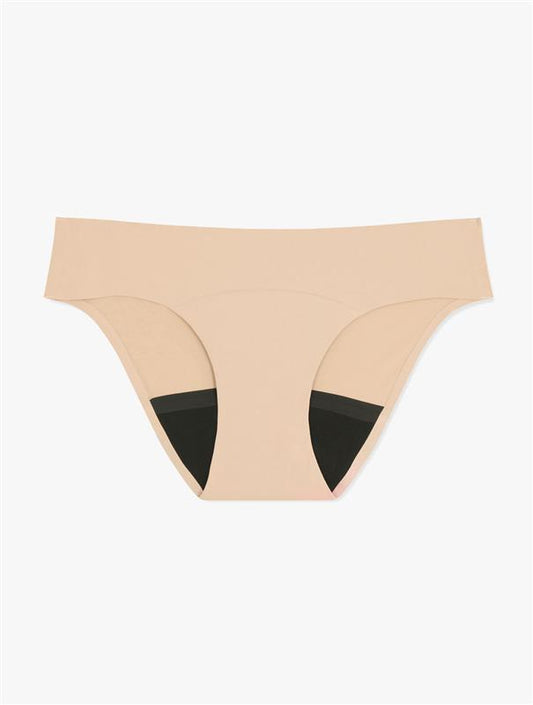
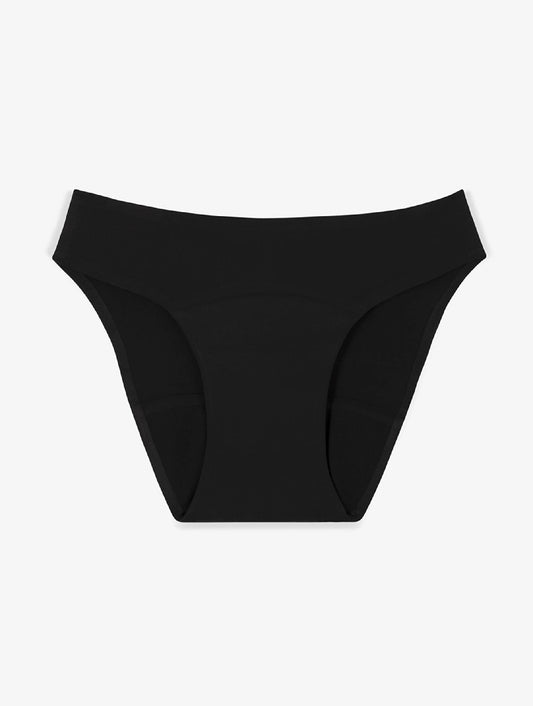
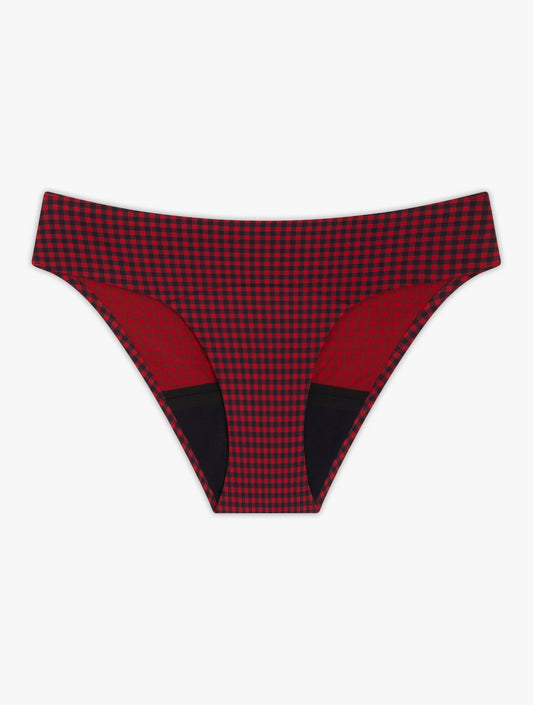
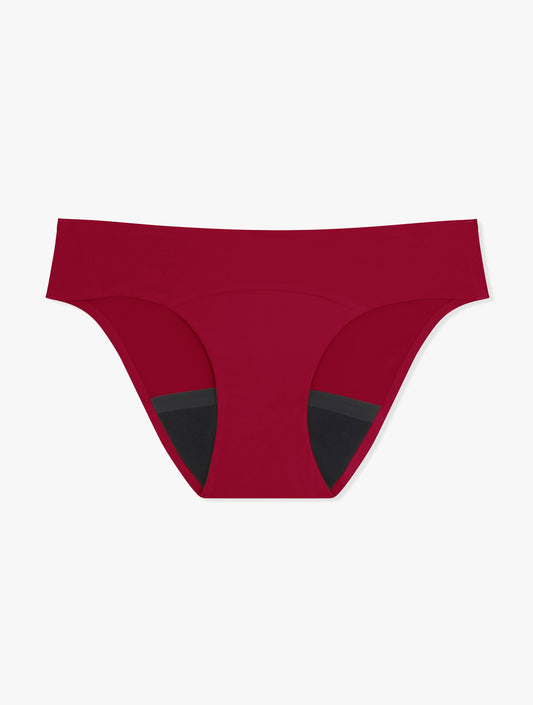
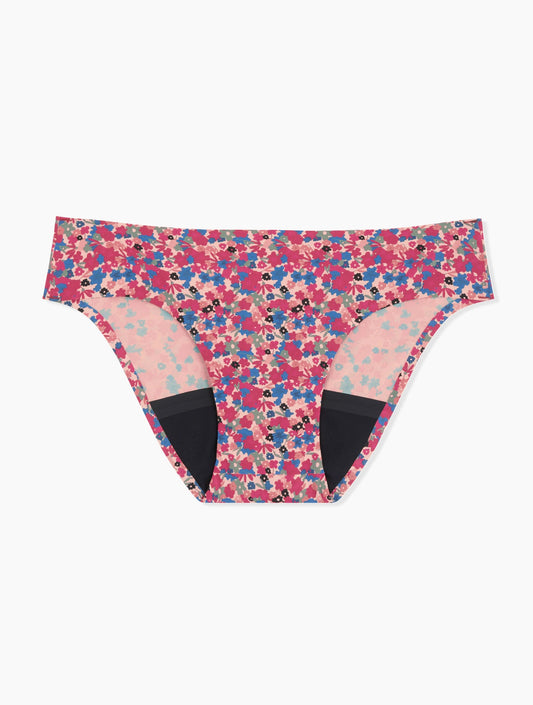

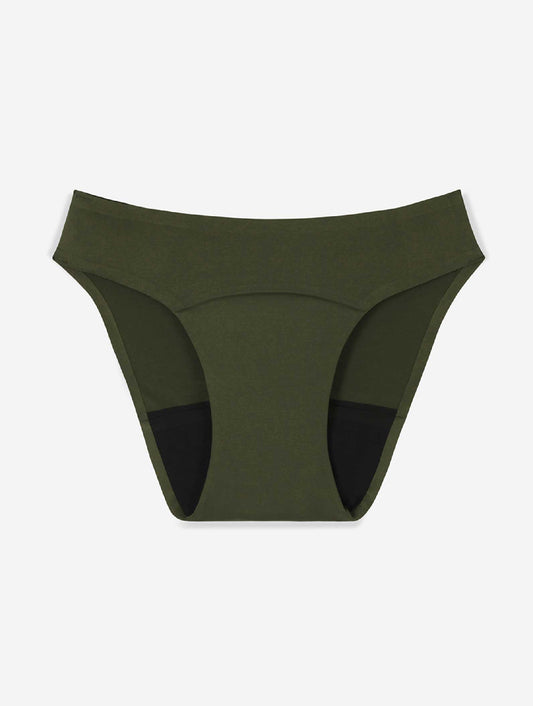
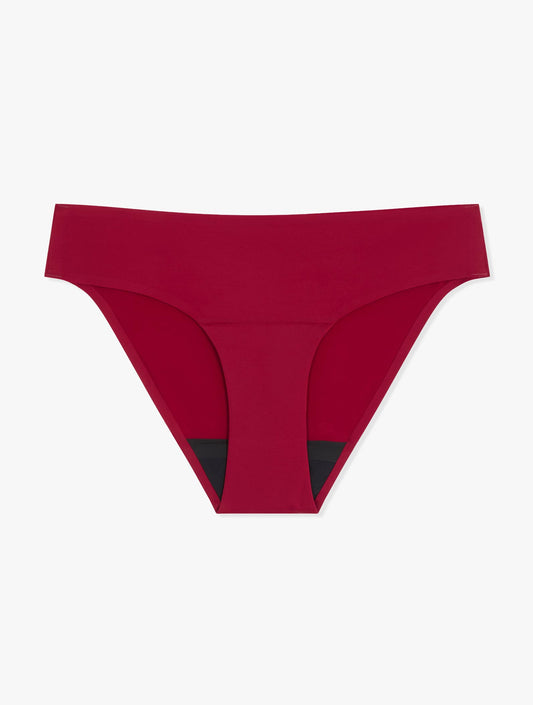
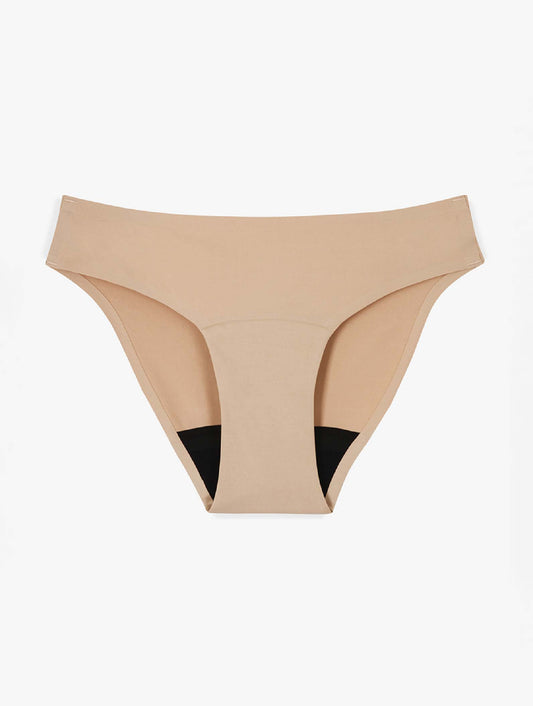
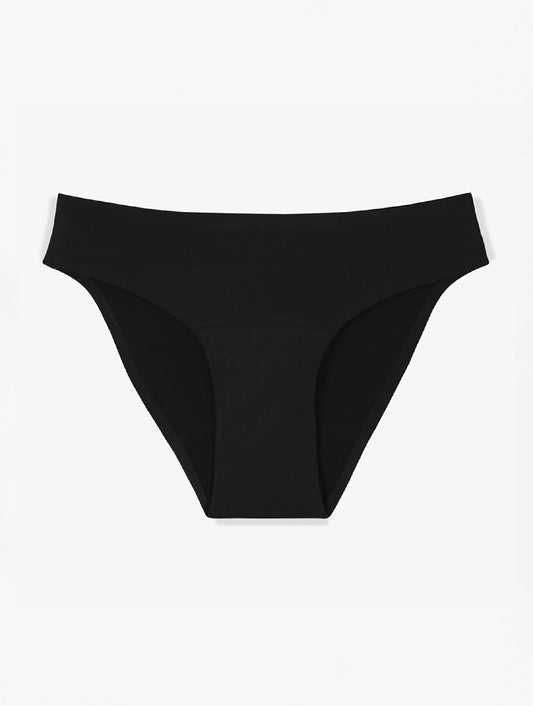
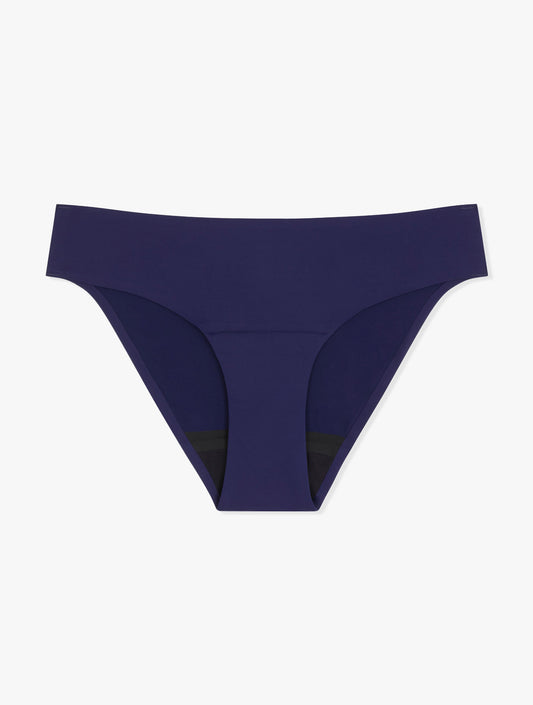


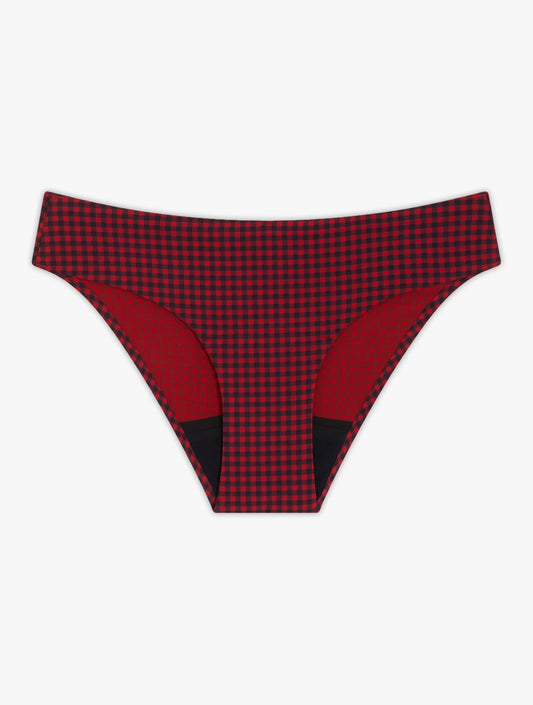
Why give yourself free instinctive flow?
In theory, free instinctive flow (or free flow instinct among our friends across the Atlantic) has many advantages:
- An economical method: did you know that women spend on average 18 euros per cycle for their periodic protection? Not to mention the new panties regularly purchased because of leaks during menstruation. By practicing free instinctive flow, you will be able to say goodbye to periodic protection: towel, tampon or menstrual cup.
- An eco-friendly method: if you remember our last blog article on reducing waste during menstruation, you know that 45 billion sanitary napkins are thrown away each year around the world. Each of them takes around 500 years to degrade. From an ecological point of view, it is a real disaster. Here, you don't need anything more than your little pelvic floor muscles to help you stay dry!
- A healthy method: thanks to the free instinctive flow, you evacuate periodic protections and in the process you avoid toxic products with barbaric names contained in disposable napkins and tampons sold in supermarkets: BMHCA, PAHs, pesticides, dioxins, furans, DnOP, …
- An emancipatory method: with free instinctive flow, you are no longer dependent on your rules. So you no longer need to ask your best friend if she has a tampon in her bag! From now on, you will find your best allies within yourself, with the top of the list: your ability to listen to your body!
Free instinctive flow: concretely, how do we do it?
In practice, if you have decided to test the free instinctive flow, expect to shake up your habits somewhat. First of all, you will need a little patience, a lot of work and a lot of serenity. The technique will come gradually. Take advantage of a quiet moment like the holidays to start your learning. Take some time to strengthen your pelvic floor and try this control technique on a day of light to moderate blood flow. We also advise you to equip yourself with SMOON menstrual panties to get started without risking staining your clothes. Then, in the same way as you would during a meditation session, listen to your body.
To fully understand where the issue lies, here is some information on how the uterus and vagina function during the cycle.
Menstrual blood comes from the uterus where the endometrium (uterine wall) sheds at the end of the cycle when no fertilization has occurred and there is no pregnancy. This disintegration of the endometrium occurs gradually, under the effect of contractions of the uterus. These contractions causing slight pain make it possible to identify the approach of blood flow. The challenge, if you accept it, is to identify these uterine contractions and then retain the flow of blood by contracting the muscles of the perineum. Then, all you have to do is go to the toilet and relax the pelvic muscles and in particular the muscles of the perineum in order to release the pressure and let the blood retained inside flow.
Free instinctive flow: the importance of the perineum
The free instinctive flow method is largely based on contraction of the perineum which would help retain the flow of blood during menstruation. But actually, what is the perineum?
The perineum or pelvic floor is a group of muscles and ligaments that extends into the small pelvis, between the pubis and the coccyx. His role ? Support the organs located in the pelvis (small pelvis) such as the bladder, rectum or uterus. It also allows the vagina to contract and participates in the mechanism of urinary and fecal continence. Sometimes, the perineum no longer performs its role correctly for different reasons: pregnancy, childbirth, constipation or chronic coughs, obesity, aging. The consequences of this relaxation are often minimal and temporary. Sometimes, they are more bothersome: vaginal gaping, urinary or fecal incontinence, genital prolapse (organ descent).
To regain good tone, the gynecologist will prescribe rehabilitation sessions under the supervision of a physiotherapist or midwife. You generally have to wait 6 to 8 weeks before starting perineal rehabilitation after childbirth.
The controversy surrounding free instinctive flow
Although free instinctive flow sounds simple in theory, few women continue to practice it over time. Indeed, according to the testimony of several “apprentices”, this method is:
- Constraining: to practice free instinctive flow, you not only absolutely need a toilet nearby, at least at the beginning, but you will also need some quiet time to keep a cool head and feel the sensations in your body. It's not easy when you're running everywhere and going from the crowded subway in the morning to the countless tasks that await you at work.
- Inaccessible for some women: for those with irregular periods, but especially heavy or even very heavy periods, the method can be discouraging. Stopping an almost unlimited flow thanks to free instinctive flow is almost impossible. Unless you spend your life in the toilet. An almost untenable situation for those of us who wear a copper IUD. Same observation for those who try this method just after giving birth. Your gynecologist will formally advise you against learning free instinctive flow without having completed your perineal rehabilitation.
- Anatomically complicated: unlike urine, the exit of which is subject to the control of our urethra, for our menstruation, there is no sphincter (circular muscle around a natural conduit which it closes by contraction) preventing the flow blood to flow. We can only rely on our perineal muscle to hinder its exit. Suffice it to say that we have no interest in slacking off. Otherwise, disaster is guaranteed.
- Uncertain at night: even if we sleep, our body continues to function and our blood continues to flow. The question then arises: what about instinct during our sleep? And how do we prevent the flow when we relax our muscles to sleep?
- Potentially dangerous: by preventing blood from flowing towards the vagina and vulva, we therefore run the risk of seeing it flow back towards the uterus then towards the tubes. This phenomenon according to some gynecologists could be responsible for a pelvic infection. Worse, it could be the cause of endometriosis. (As a reminder, endometriosis is a disease characterized by the presence outside the uterine cavity of endometrial cells (inner lining of the uterus). Endometriosis can affect the ovaries, rectum, bladder The theory of endometrial regurgitation during menstruation (implantation theory) would explain this phenomenon. Clearly, during menstruation, under the effect of uterine contractions, part of the blood would be pushed back into the body. the tubes and would end up on neighboring organs.
Suffice to say that the free instinctive flow leaves uncertainties as to its safety. Needless to say, this technique is particularly not recommended for women suffering from endometriosis.
Beyond the advantages and disadvantages of free instinctive flow, it is above all a question of feeling. Listening to your body isn't always easy, but if you're comfortable with your feelings (and your periods), all you have to do is try it for yourself. And for all women who don't feel ready to take the plunge, but who want freedom from traditional period protection, menstrual panties are the ideal ally! Find our article on the 5 good reasons to adopt menstrual panties.
By Valérie.

